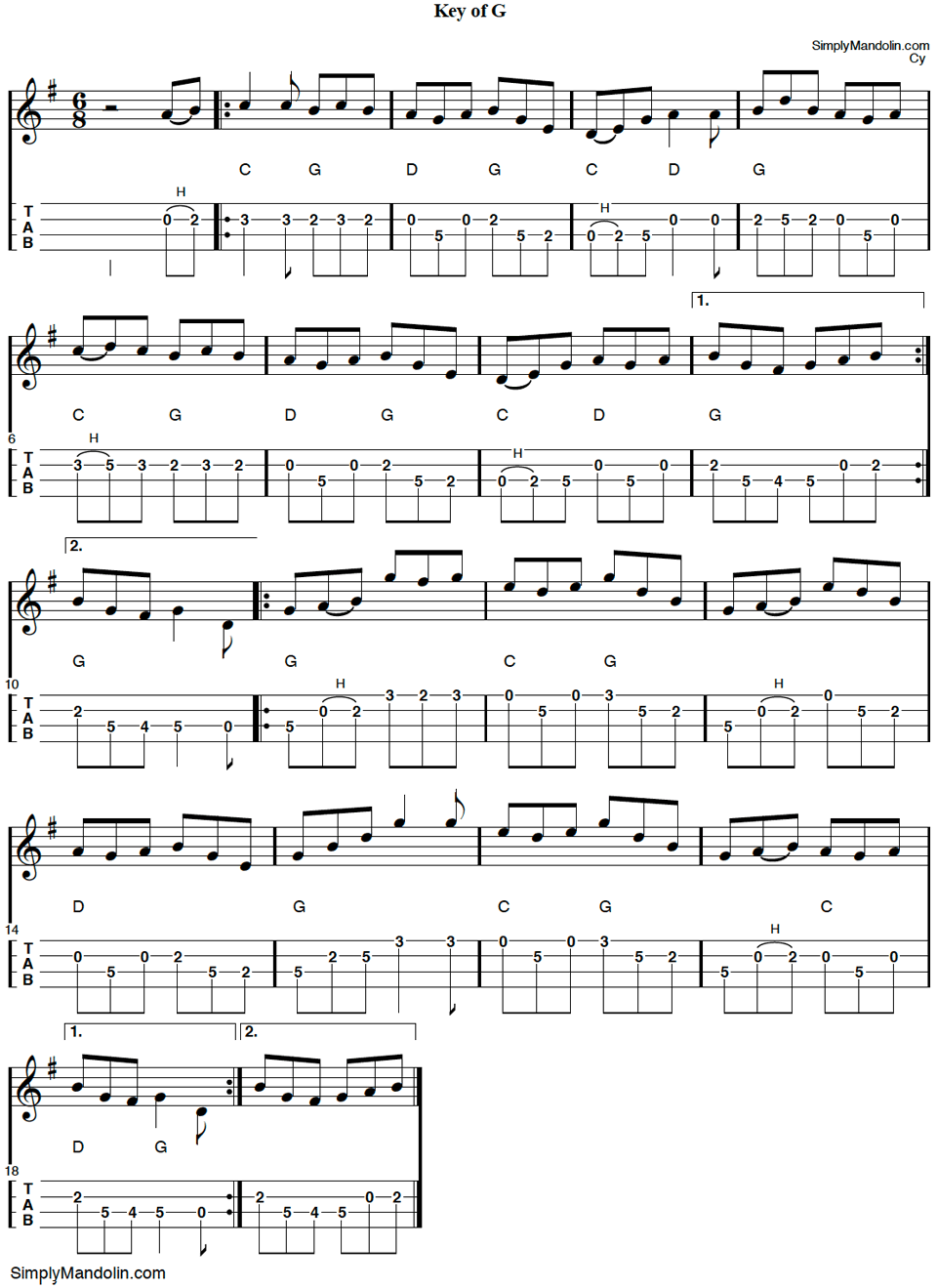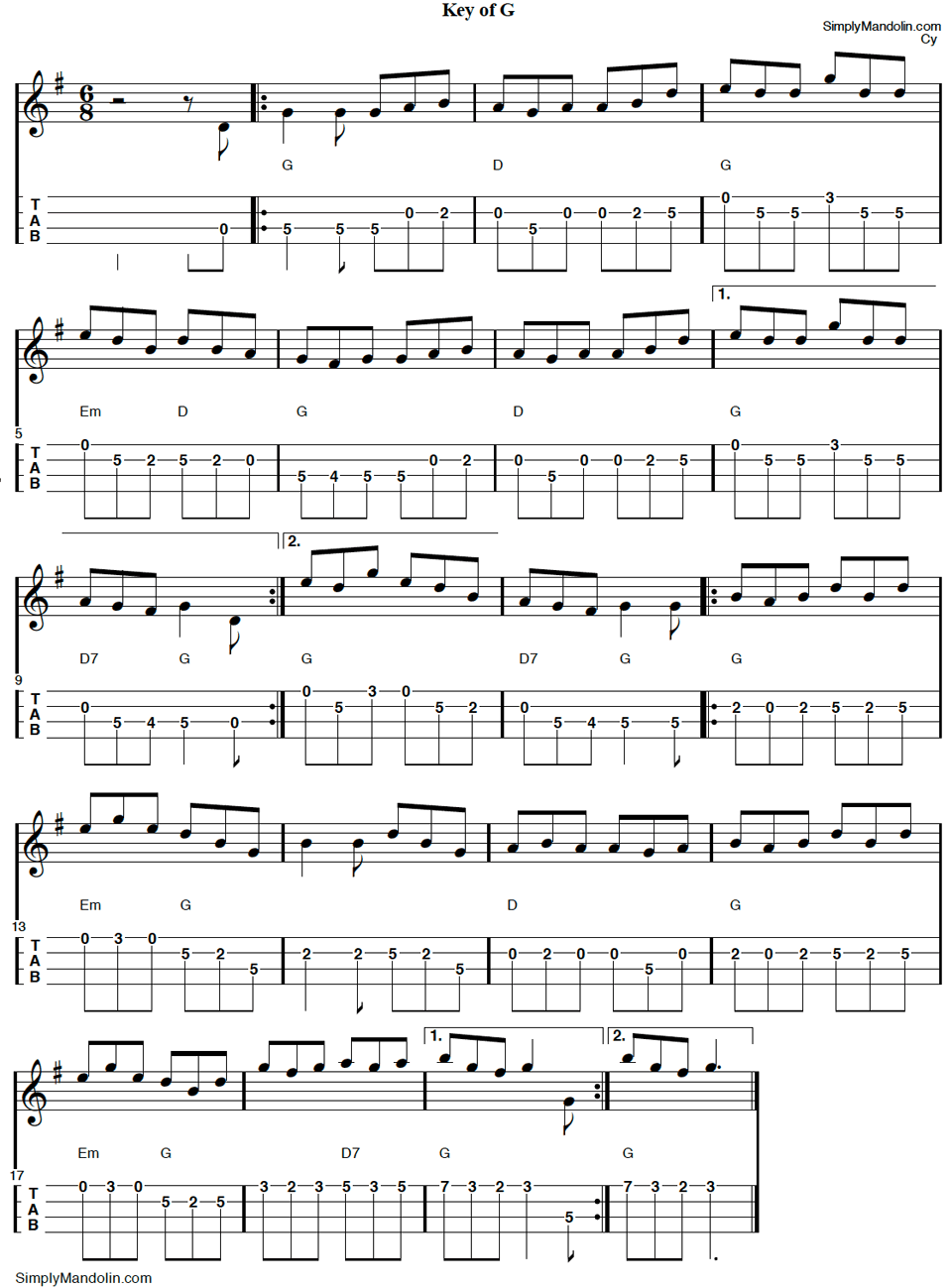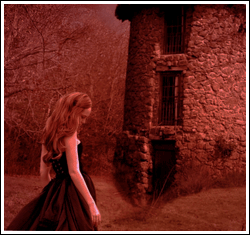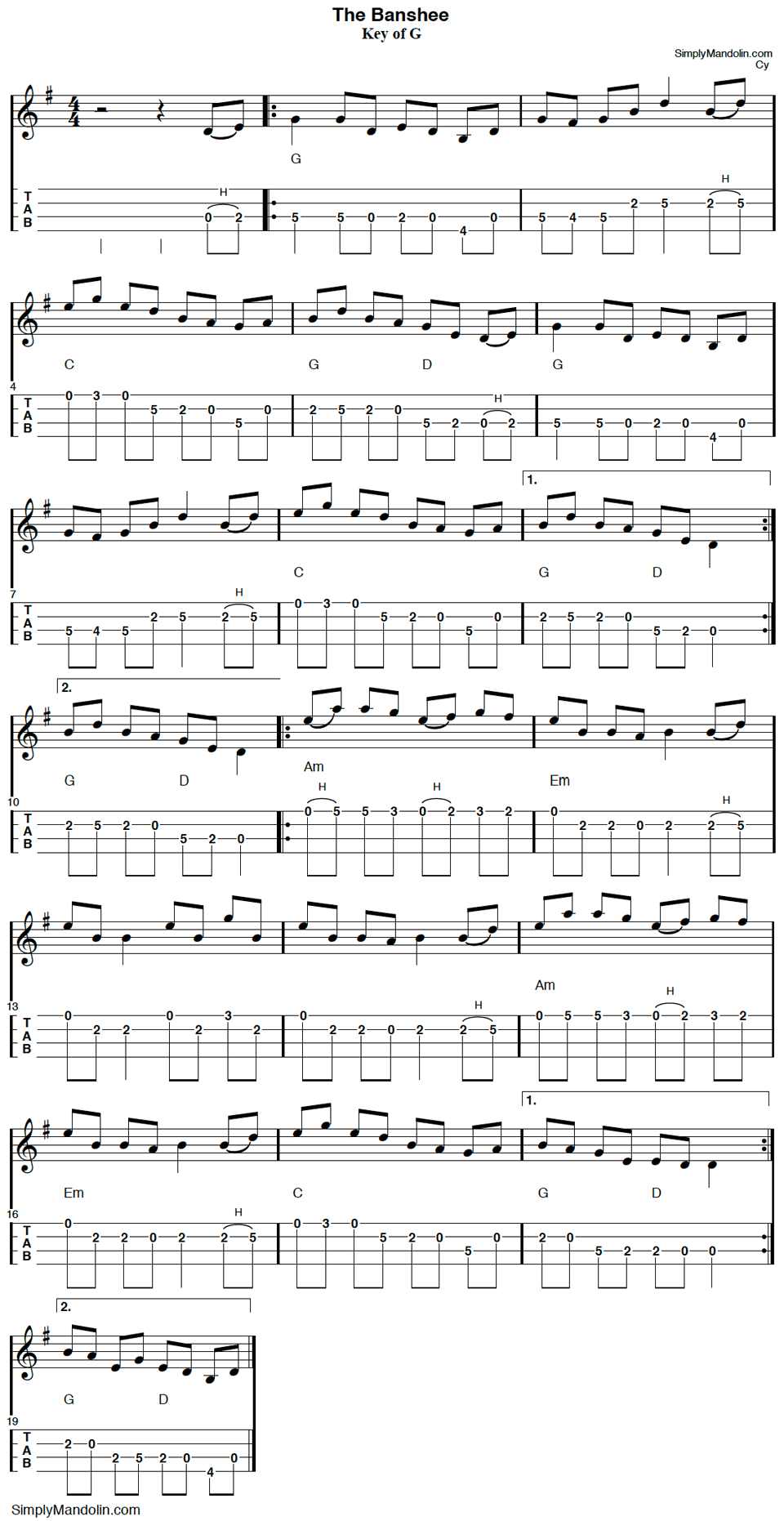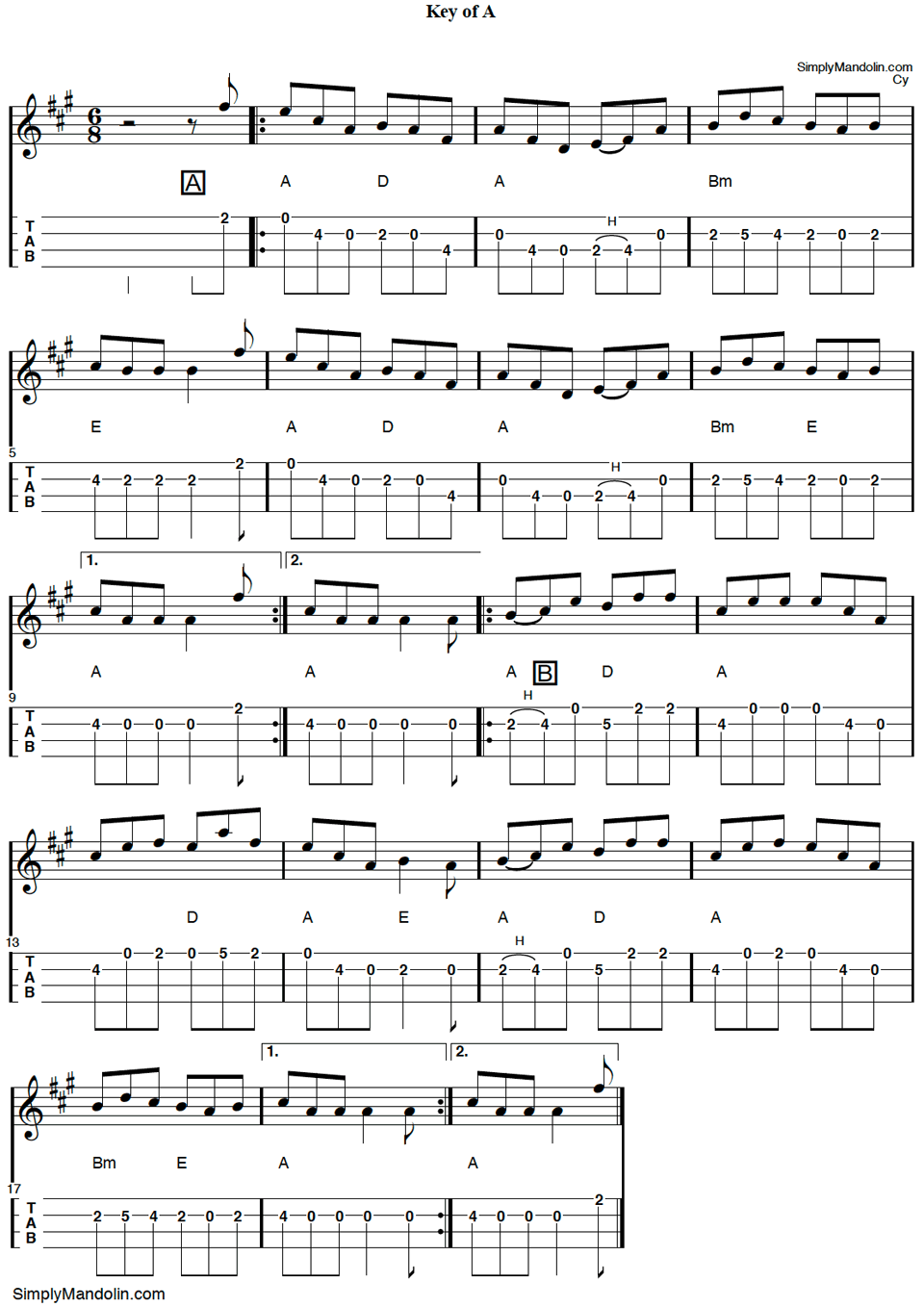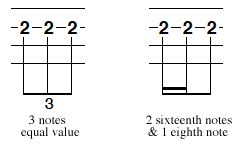
The Bay of Fundy is located on the east coast of Canada. Bordered by the two provinces of New Brunswick and Nova Scotia, the bay’s tides are almost 4 times higher than those on the west coast. In fact, The Bay of Fundy is recognized for having the highest tides in the world.
A Natural Wonder – Bay of Fundy
Burntcoat Head, Nova Scotia has a tidal range of 56 feet. That is about the height of a 5-story building. There are 2 high tides and 2 low tides each day. In many areas, low tide can leave fishing boats stranded on the ocean floor. They float again when the tides change.
There are hiking trails that are only available during low tide. You’re literally walking on the bottom of the ocean. There are locations where you can walk and explore for miles on the sea floor. However, you might want to keep an eye on the tides…
Google ‘bay of fundy images‘ and see some spectacular pics.
The Tune
“The Bay of Fundy” is a reel written by Canadian fiddler and composer Bill Guest.
Bill was born in Halifax, Nova Scotia. He’s a multi-instrumentalist, known mostly for his piano and fiddle playing. Mr. Guest has composed over three hundred fiddle tunes and country songs. He’s played his way across Canada and the U.S.A. with various bands, working with some of the best.
As an author, Bill has published several instructional fiddle guides and fiddle tune compilations. His books are available on Amazon.
Bill Guest was inducted into the Nova Scotia Country Music Hall of Fame in 2018.
I learned this tune from one of Bill’s recordings.
The arrangement below is in the Key of D Major. Each part is usually played through twice ( A-A-B-B).
Listen to “The Bay of Fundy” for mandolin:
Downloads:
Try it in G…
I”ve also heard “The Bay of Fundy” played in the Key of G. To play it in “G”, just move everything over 1 course of strings. Use the exact same fingering, but start on the A-string instead of the E-string. You can use the open E-string for the high note instead of the pinky at the 7th fret.
I hope you enjoy “The Bay of Fundy” reel. Please feel free to leave comments below.
Cy…
Don’t Miss a Beat!
Join our mailing list for new tabs, practice ideas and study material.
Keep informed of new projects. Its free!
No spam, ever. That’s a promise!





